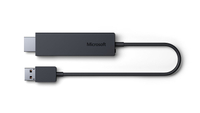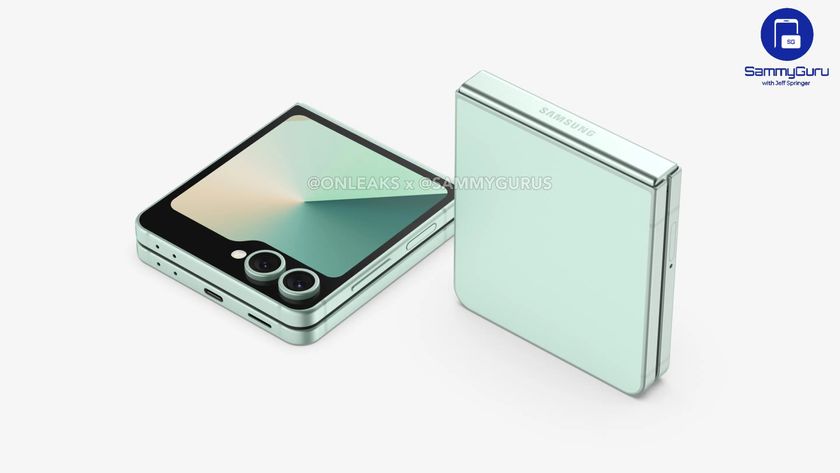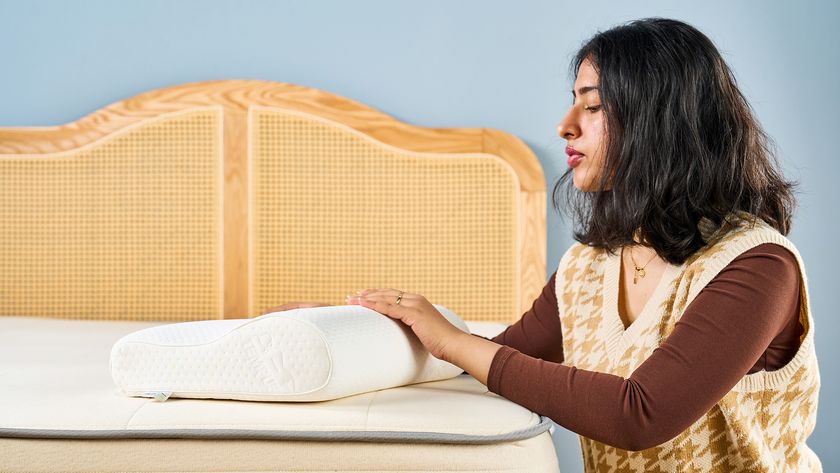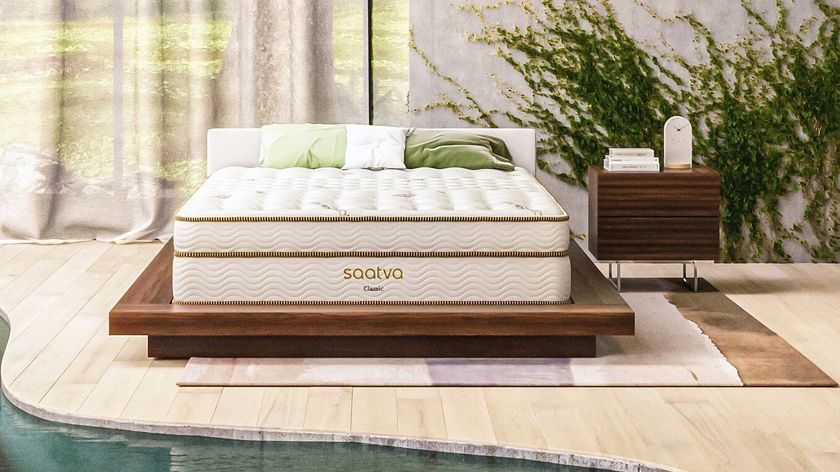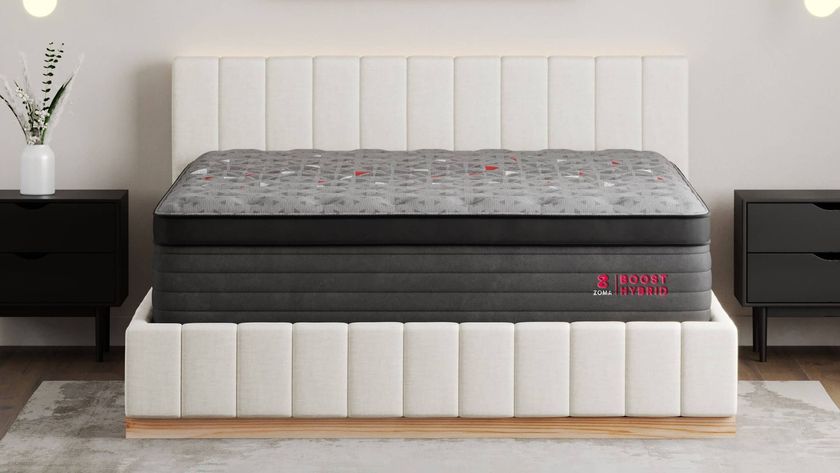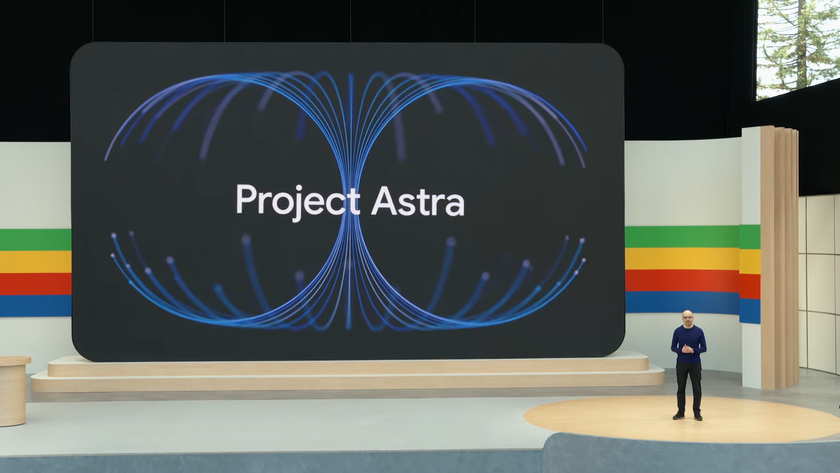What Is Miracast? Everything You Need to Know
Thanks to Miracast, you can now beam whatever is on your Android device or Windows 8 computer's screen right to a television.
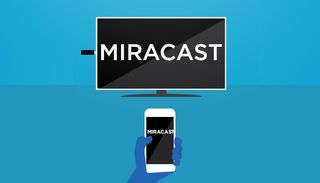
Broadcasting photos, videos, music and other media from your mobile device or PC to your TV need not be a laborious process, fraught with wires and extra peripherals. Miracast lets you beam whatever is on your device's screen right to a television, and there's a good chance that the devices you already own have this technology built in.
What Is Miracast?
Miracast is a screen-mirroring protocol that lets you broadcast anything from an Android device or recent Intel computer to your TV. Whatever you see on the small screen will appear on the big screen. If everything syncs up properly, there's almost no lag, making it ideal for watching videos or using productivity software, although it's not quite reliable enough to run most games.
Phones and tablets with Android 4.2 Jelly Bean or later have access to Miracast, as do most modern Windows PCs with Intel chips. While not every single Android device or Intel computer has the ability to screen mirror via Miracast, the odds are in your favor if your system is about four years old or newer. The Wi-Fi Alliance has an official list of all Miracast source devices.
NOTE: To learn how to use Miracast, see How to Use Miracast and WiDi, and check out Laptop Mag's guide to Windows 10 screen mirroring and how to use your Windows 10 PC as a wireless display.
Which devices use Miracast?
As for receivers, many smart TVs have Miracast functionality built-in. Roku and Amazon Fire TV devices support Miracast, as do the Android TV devices and a handful of other set-top boxes and streaming sticks. You can find a full list of receivers at the Wi-Fi Alliance website.
Tom's Guide has tested many Miracast receivers, but most are not worth extensive write-ups; they either work well, or they don't. Unlike set-top boxes, Miracast dongles rarely have navigable operating systems or extra features. They are simply receivers that screen-mirror a compatible source device. With that in mind, our top recommendation for a standalone Miracast receiver is the Microsoft Wireless Display Adapter.
How we tested
We review all the major devices with mirroring capabilities (usually as one part of a larger feature set) and test each by attaching it to a television and connecting (or trying to connect) using a variety of recent and popular smartphones, laptops and tablets. Our tests consist of mirroring videos (both from services like Netflix and a device's internal storage), productivity software, and a video game. The exact videos and programs vary from device to device, since we try to stream what's popular at the time of testing.
MORE: Best Streaming Video Service
Between Miracast sources and receivers, there are thousands of potential device combinations. Add in factors like individual Wi-Fi networks and broadband speeds, and Miracast is, at best, an unpredictable technology. Still, there's a good chance that you already own a device with Miracast capabilities, so if screen mirroring sounds like it could be useful to you, try it out. For other screen-mirroring solutions, including how to broadcast content from Apple devices, check out How to Connect a Phone, Tablet, Mac or PC to Your TV.
Sign up to get the BEST of Tom's Guide direct to your inbox.
Get instant access to breaking news, the hottest reviews, great deals and helpful tips.
Marshall Honorof is a senior editor for Tom's Guide, overseeing the site's coverage of gaming hardware and software. He comes from a science writing background, having studied paleomammalogy, biological anthropology, and the history of science and technology. After hours, you can find him practicing taekwondo or doing deep dives on classic sci-fi.
-
reza razavi Netgear PTV3000 is one the best miracast devices available in market and it's not mentioned !Reply -
halldorj You can also get a Software based Miracast reciever like AirServer, plus it does AirPlay as well.Reply -
sarjxxx Would like to see the Samsung Wireless Dongle tested as well. We currently use this at home, with a galaxy SIII, and an HTC One M8. With the SIII the bottom end of the audio is always lacking (no bad) and with the HTC, the audio is full but always develops a lag that gets worse the longer it's connected. Would like to see how it stacks up when used with other devices as well.Reply -
needajob Great article,wished i had read it before i got a Excelvan wifi display dongle. Does not work Toshiba encore 2 wt8 finds device but will not connect,Instuctions says may need app but does not say which appReply
